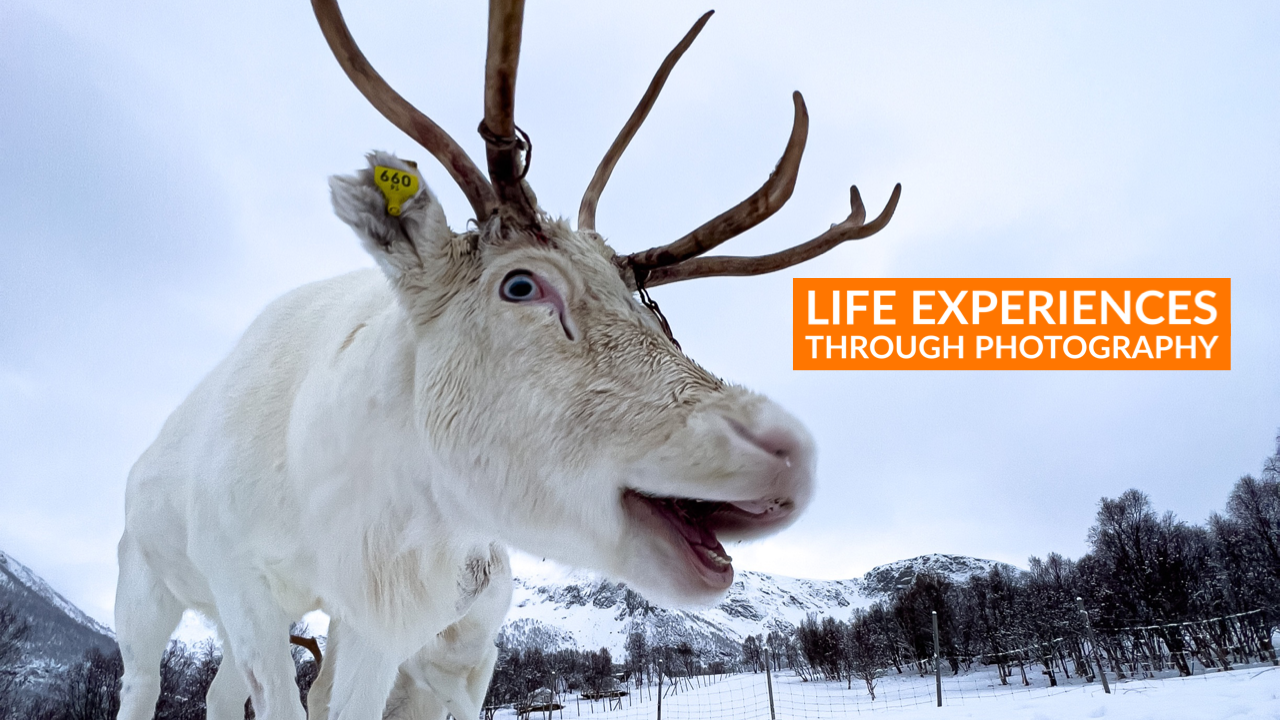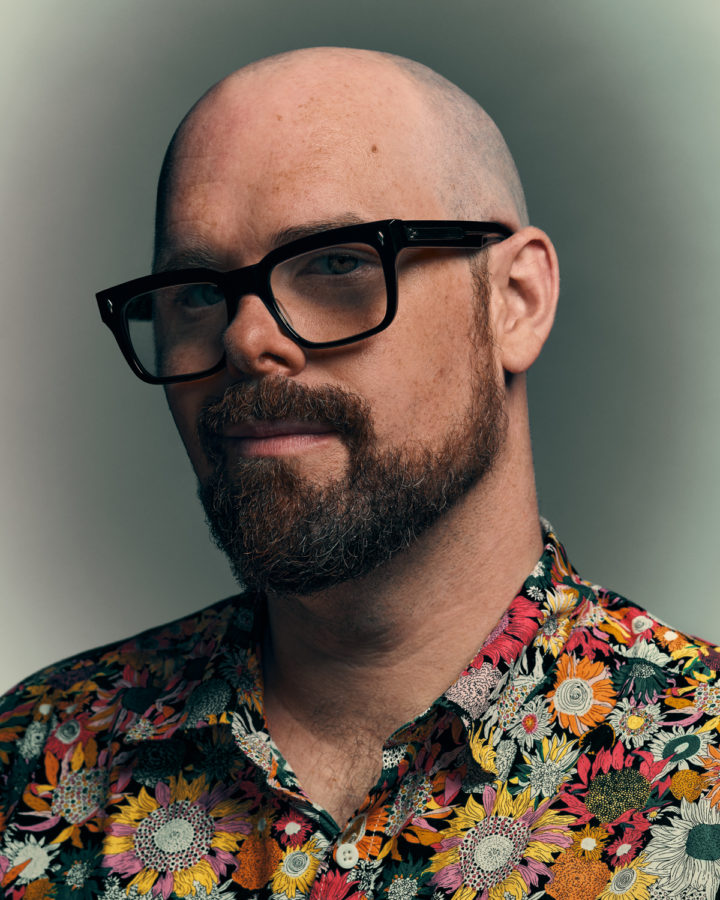
Editor’s Note: You can jump over to the all new LukeCopping.com now and peruse it as you read through this post, or wait till the link at the end. Either way, make sure you check it out!
I was really bad about updating my portfolio during the pandemic. Really really bad.
I felt an overall lack of motivation for marketing in general, and many of the projects I had been excited to share with clients had their releases pushed back — by a year or more in some cases (some are still tied up with indefinite release dates). I was sitting on some excellent work — images that I loved — and I had no idea when I would be able to let the world know about them. Even new stuff I was shooting for regular clients seemed to be on a longer, more extended release schedule. While I did add some small commercial and editorial projects to my website and social media, It had been a LONG time since I’d done a full-scale re-work of everything.
An influx of new assignments in mid-2022 and the eventual release of a lot of those images towards the start of the new year made me realize that now was a viable and timely moment to make an update to my site that could have some significant impact and provide a lot of marketing content for the next several months as I worked on current projects.
The final catalyst was that as 2022 came to a close, I made a massive change to the visual components of my brand. A new logo, color palette, and overall look came with a shift in the philosophy of how I wanted to present my work. I redesigned the site to put a lot more emphasis on impact and color, letting the bolder images I had been working on stand out.
It was time for a change.
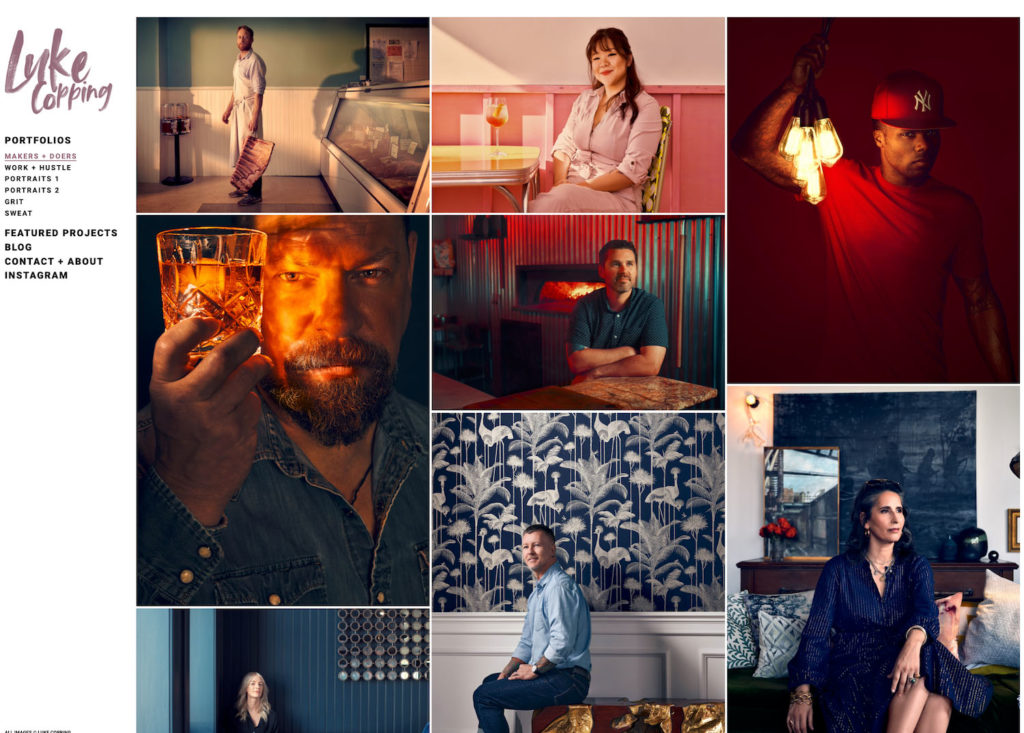
For years I’ve used A Photo Folio to manage my website. I’ve always found it a simple and efficient way of handling various essential tasks, including setting up and managing galleries, SEO management, and hosting hidden galleries so I can show small collections of relevant work to clients privately. It also gives me a ton of fluidity in altering the site’s design. It allows me to change a variety of the site’s design parameters without having to do a total rebuild so that I can constantly evolve the experience for visitors and the presentation of the images as design trends change and new features are released. Since I’m still delighted with the platform after all these years, I decided to continue using them for this site iteration.
The first step in updating the site was the easiest — sitting down and assessing what was working and what wasn’t with the current mix of work. What could I leverage, and what needed to be reevaluated? Did I need to recategorize work? Add content focused on specific areas to make the site more appealing to certain clients? Were there any images that I knew deep down I needed to retire?
The next step was to start going through all of my work, old and new. This was fun because it meant going back through years of images and examining them to see how my perceptions of them changed with time. It was also interesting to see how they paired with new work when I started constructing the actual final galleries. I’ve done this two different ways in the past.
Hire Someone
The first is to hire someone to do it for you. There are some fantastic portfolio consultants who have a critical eye for industry trends and know how to view imagery from the client’s point of view, and have ZERO emotional attachment to your work. The idea of someone with no emotional involvement helping to edit your website may seem off-putting to some, but it will often result in a tighter edit and removes the bias associated with choosing images you feel proud of or like the most. They also tend to take a “less is more” approach that serves as a nice counterbalance to the photographer’s impulse to show EVERYTHING to demonstrate the range of their talents — which usually results in including images that weaken the collection overall. This approach has yielded some solid portfolios, in my experience. I strongly recommend this method for photographers who are early in their careers and occasionally for those who are more experienced but need a critical eye to assist them in recalibrating the direction of their work every few years.
The Solo Route
The second method is the one I chose for this website update — the good old punk rock DIY method. Get a bunch of small prints of your work made, and start to physically lay them out on the floor or wall — move them around, play with the order and begin to section them into groups based on their themes, style, color story, and subject matter. See what works and doesn’t, and go from there. I guess you could do this in Lightroom or something similar — but I think my method is much more fun.
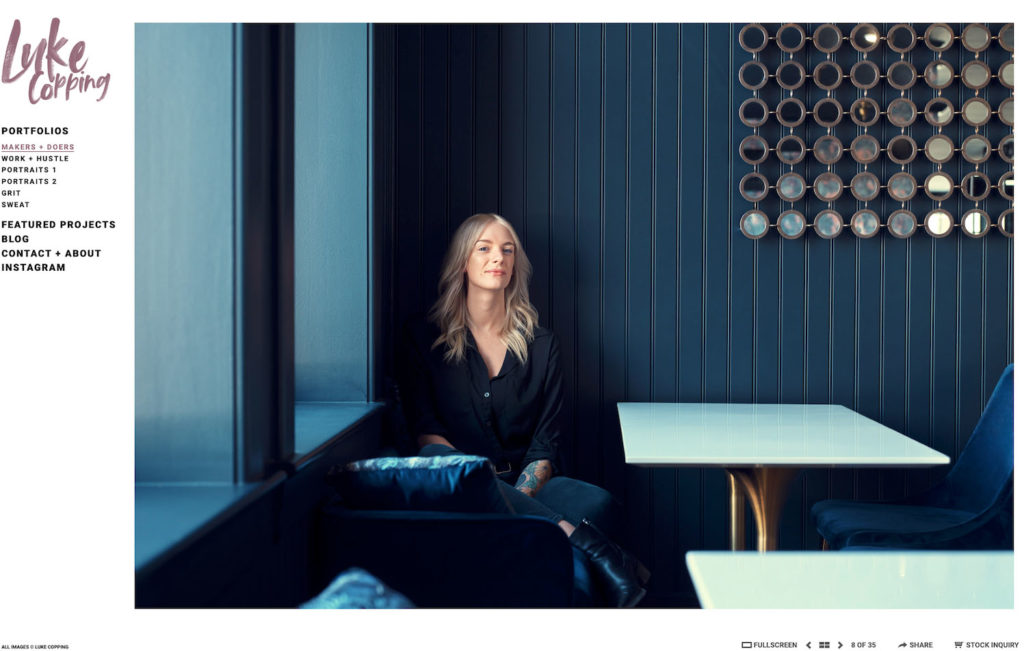
Whatever you do, don’t decide this all in one sitting — take a day or two to live with your potential portfolio edit to see how it ages. Do some images seem out of place? Is the flow of imagery off? Would you be better served by showing fewer images and culling out some weaker ones? This approach is better for photographers who have been around for a while and have an established body of work. Having a much more developed point of view on where you are trying to take your career moving forward also helps.
There are also different TYPES of portfolios to consider, and you may want to include multiple types on your site to best tell the story of your work. Here are a few that I’ve utilized over the years:
Thematic Portfolios
These are portfolios that are grouped around a specific type of subject matter or theme. For instance, you may have a collection of sports imagery, a corporate gallery, and a street photography portfolio on one site. These separate bodies of work are clearly defined and labeled so clients visiting your site can navigate and view the job most efficiently.
Story or Project Based Portfolios
In this portfolio style, you may have a top-level gallery that essentially serves as a directory of stories or projects you have worked on. Each item would take you to an in-depth sub-gallery of that body of work. This is an excellent option for photographers that work on long-form projects, photo essays, and editorial stories where the overall narrative of the story is just as important as the aesthetics of any single image.
The F%@! You Portfolio
I originally learned about this concept from Doug Menuez, and I really liked the thought and philosophy behind it. This is a highly personal approach to building a portfolio in which you distill your collection of imagery down to an almost confrontational level, putting forward a small and tightly curated collection of imagery representative of your style and beliefs as a photographer. Essentially you are saying, “F%@! YOU! THIS IS ME IN 20 IMAGES! TAKE IT OR LEAVE IT! This can be an excellent approach for an initial overview of your work or a powerful thought exercise for photographers to practice occasionally to help them refine and define their vision. I know this contradicts the idea of not editing from a place of emotion, but if you are going to do it anyway, this is the way to 100% commit to building a portfolio with feeling and decisiveness.
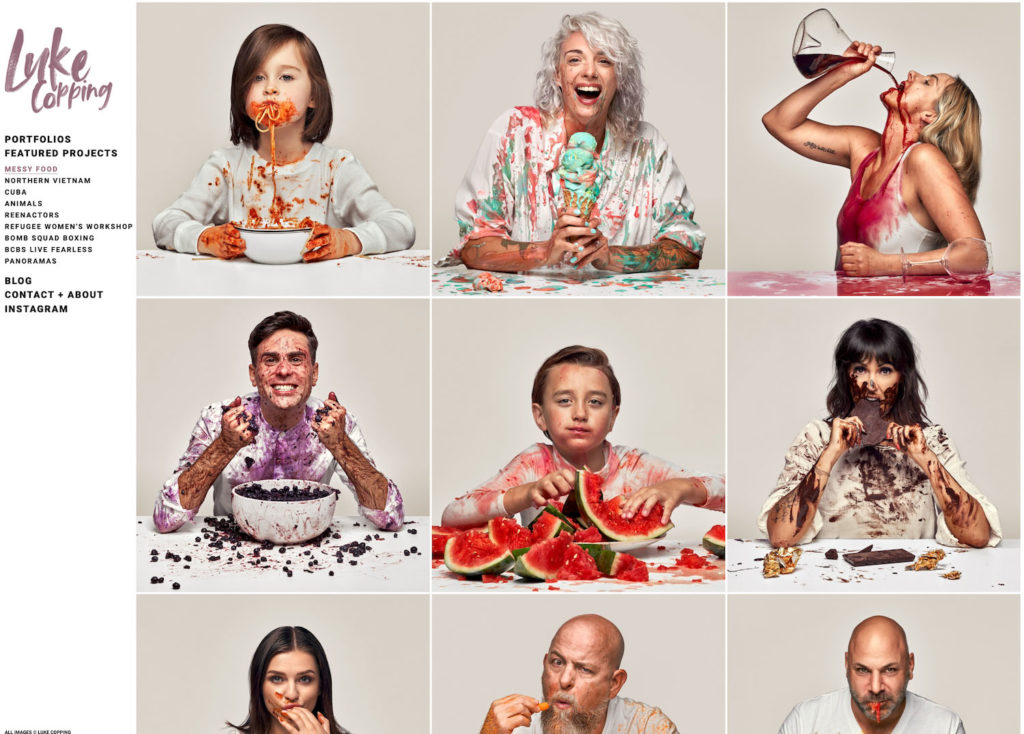
Regardless of which type of portfolio you ultimately choose for your website, it’s essential that the content is compelling and that the user experience is pleasant. I feature both thematic and story-based portfolios on my current site:
Thematic Portfolios
Makers + Doers — Portraits of artisans, chefs, designers, and other creative professionals
Work + Hustle — Corporate Portraits
Grit — Portraits of farmers and those that work with their hands
Sweat — Portraits of athletes, sports culture
Portraits 1 — Darker toned portraits that don’t fit a specific theme
Portraits 2 — The same as above but for lighter-toned images.
Project Portfolios
Messy Food — A long-term personal project
Northern Vietnam — A travel diary featuring street photography and landscapes
Cuba — Another travel diary focused on a trip to Havana Cuba
Animals — A collection of portraits of shelter and rescue animals I’ve worked with
Reenactors — A short-term personal project
Refugee Women’s workshop — A collection of images from a specific assignment
Bomb Squad Boxing — A short-term personal project
Blue Cross Blue Shield Live Fearless — Images from a commercial activation campaign
Panoramas — Wide format images featuring a variety of subject matter
This may seem like a lot for one site, but it gives a focused overview of the different core facets of my work— primarily when split into these two groupings. If my portfolio were a movie, I would think of the thematic portfolios as the feature presentation, while the project portfolios are more like the bonus features — something extra for viewers to dive deeper into once the thematic portfolios have grabbed their attention. I also make it a point to try and trim every one of these portfolios down as much as possible; some contain as few as 8 images. Keep it relevant and easy to digest for your viewer. If you get bored looking through a massive collection of your work, they will get bored even quicker. The one guiding rule when editing your portfolio should be, “If it’s not a hell yes, it’s a no.” Don’t overthink or try to justify including another image you know doesn’t make the grade just to stuff one more photo in there.
Having a website is a great start, but it will only do you good if someone is looking at it. Having an excellent SEO strategy is good (and way too much to cover in one post), but it isn’t always the most effective way to drive traffic to your site if you are focusing primarily on commercial photography (especially if you are trying to land projects with clients outside of your immediate geographic area). Plus, the contacts you gain may not always be relevant to the type of work you are trying to get — not a week goes by that I don’t have someone contact me about wedding photography, which I’ve never offered.
Having a variety of channels feeding into your website is a comprehensive and well-rounded strategy. I use a mix of targeted Email marketing, direct mail, listings on directory sites like ASMP Find a Photographer, Wonderful Machine, and Found Artists, and strong calls to action on social media platforms that push people to my site. Lately, social has been the primary driver of traffic to my site; however, I am interested to see how a more active return to email and direct mail marketing affects these numbers.
Finally, as important as your imagery is, pay attention to how the rest of the site communicates to clients. Do you have a solid and exciting bio page that is relatable and speaks something personal to readers? Do you include a blog on the site? Do you use a content strategy to provide a consistent experience for readers? As photographers, we put so much emphasis on the visual aspects of what we do that we really let the written side suffer, either barely revealing anything about ourselves or stuffing it so full of SEO and sales jargon that we sound like a parody of a photographer. Be honest, bold, and open; share something real about yourself. Use every aspect of your site to differentiate yourself from other photographers because these ephemeral details are often remembered as much as your images.
I’ve been delighted with the reception to the new site since I launched it, not just from clients and my photographic community but also from myself. I entered this most recent revision with a strong sense of the direction in which I wanted the site to move, and I’ve achieved that goal. I wanted this to feel more personal and better reflect the type of work I want to do in the future. I’ve also planned to do more minor twice-yearly updates to include new imagery and to work on new content for a potential new gallery somewhere down the road. In conclusion, the entire process has been a very positive experience, and I am confident that I have laid the foundation for a site that will continue to serve me well into the future.
Buffalo NY commercial and editorial portrait photographer Luke Copping creates quirky and powerful images for advertising, magazine, and corporate clients across the US and Canada. As an industry educator he has taught numerous workshops on the business of photography. He is a former national president of ASMP. He also has the same birthday as Louis Daguerre. You can see his work at LukeCopping.com or follow him on Instagram.



